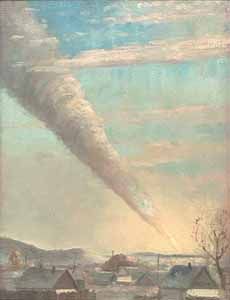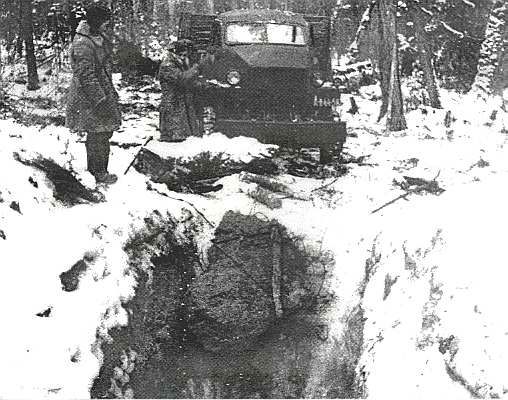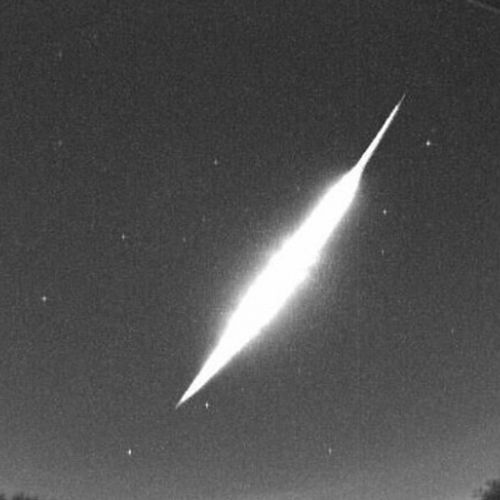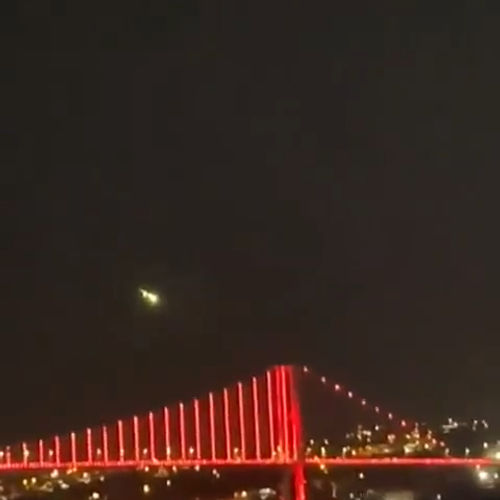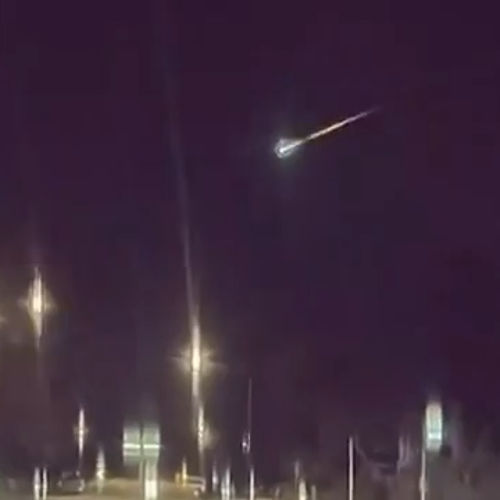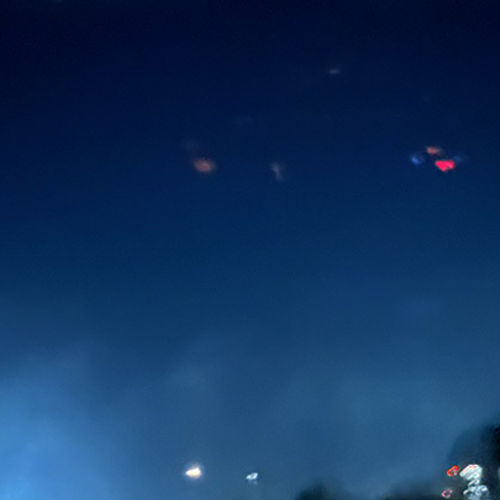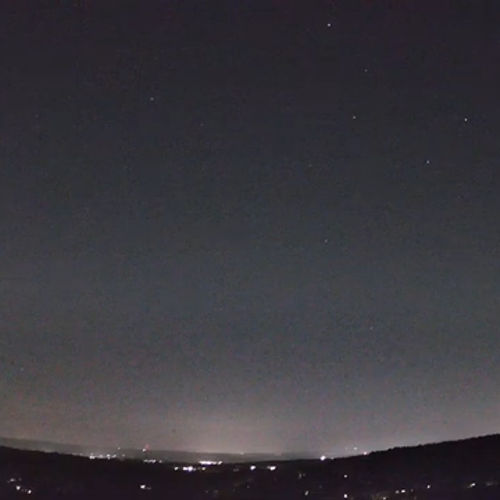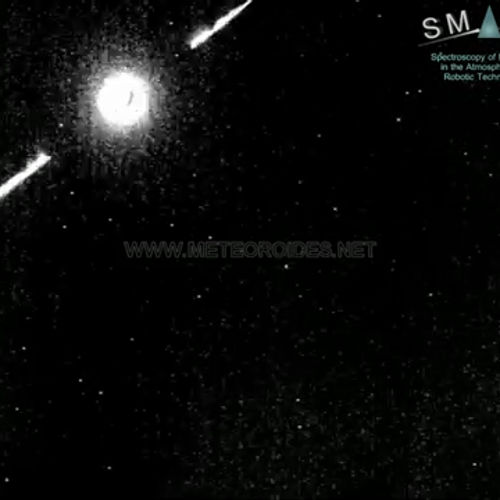
| Added | Fri, 12/02/2021 |
| Источники | |
| Дата публикации | Fri, 12/02/2021
|
| Версии |
74 years ago on the territory of Primorsky Krai (mountains Sikhote-Alin) the car that was named fell Sikhote-Alin meteorite. The iron body collapsed upon re-entry into the atmosphere and fell as a meteor shower. The total mass of the fragments is estimated at 60-100 tons. The meteor shower covered an area of 35 square kilometers. The Sikhote-Alin meteorite is considered one of the largest in modern history.
The appearance of meteorite fragments in the Ussuri taiga was a real find for scientists. Expeditions of the USSR Academy of Sciences were sent to the site, and Soviet specialists collected more than 3,500 fragments with a total weight of 27 tons. According to the results of the study of the meteorite, and it was thoroughly studied, several monographs were written, hundreds of scientific articles were published.
According to chemical analyses, the Sikhote-Alin meteorite consists of 94% iron, 5.5% nickel, 0.38% cobalt, and small amounts of carbon, chlorine, phosphorus, and sulfur.
The fall of the Sikhote-Alin meteorite is reflected not only in the works of scientists, but also in art. By a lucky chance, the local seaside artist Pyotr Medvedev witnessed a meteor shower. The man drew a landscape in the courtyard of his house and was able to capture what he saw in the picture.
The difference of almost forty years separates the Sikhote-Alin meteorite from the famous Tunguska meteorite (1908). The Tunguska meteorite is considered the largest meteorite fall to Earth in recent history, but unlike the event in Sikhote-Alin, fragments were never found here.
The explosion occurred near the Siberian river Podkamennaya Tunguska in 1908. Despite long searches and many expeditions, it was not possible to find fragments of the celestial body. Scientists put forward a variety of assumptions about why the search was not successful. According to the latest data experts of the Institute of physics L. V. Kirensky FITS KSC SB RAS, enormous destruction on Earth was not caused by a direct hit of a celestial body, and the shock waves created by the passage of large cosmic bodies in the atmosphere.
As for the Sikhote-Alin meteorite, its fragments can be seen in various museums and planetariums of our country. So, at various times, it was exhibited in the Khabarovsk Regional Museum named after N. I. Grodekov, the SibGAU Educational and demonstration Museum, the Kaluga Planetarium (there is a fragment weighing more than 40 kg).) and even in the Moscow Palace of Pioneers in the south-west of the capital.
In 1972, the mountain village of Beitsuhe, near which the car fell, was renamed Meteor.
Новости со схожими версиями
Log in or register to post comments
![Postage stamp of the USSR, 1957 (CFA [JSC "Marka"] No. 2097)](https://ik.imagekit.io/u4ftyhke2kx/storage/tr:h-100,w-160/nt_news/46876/9-204.jpg?ik-sdk-version=php-2.0.0)

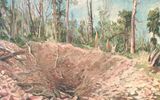
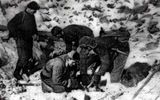


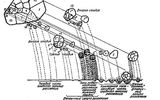

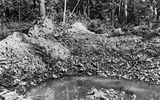


![Postage stamp of the USSR, 1957 (CFA [JSC "Marka"] No. 2097)](https://ik.imagekit.io/u4ftyhke2kx/storage/tr:h-600,w-414/nt_news/46876/9-204.jpg?ik-sdk-version=php-2.0.0)
